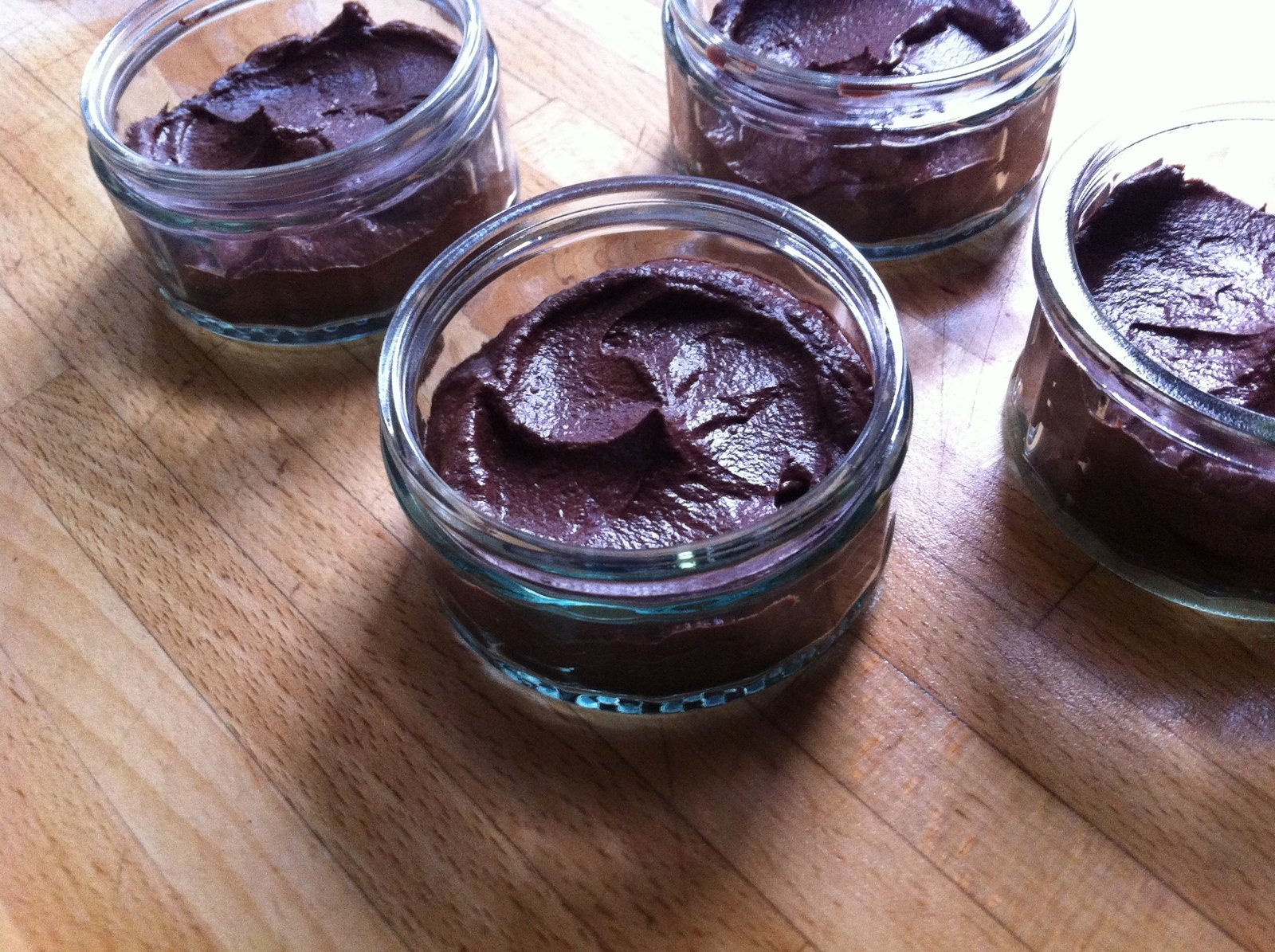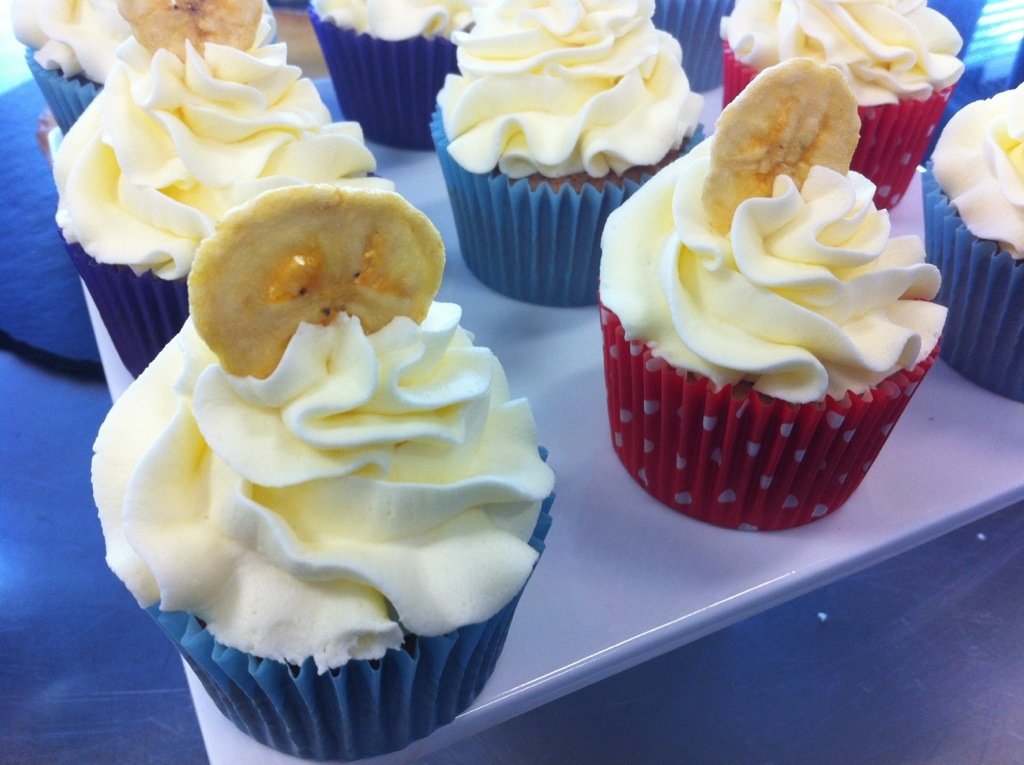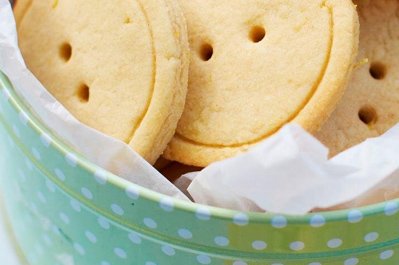I have to admit to not having made puff pastry since I practised for the Bake Off. Does that make me lazy? No. Just busy. It actually doesn’t take that much hands on time but you have to stay in and remember to re-fold the pastry and of course squash the butter pack. If you want to know how to do it I wrote a very verbose explanation here. If you want a short cut with layer upon layer of all buttery puffy pastry then read on.
NB: You need some of your butter frozen for this recipe so have a read and prepare ahead if you are planning on making this.)
One year ago: Simple chocolate ganache tart and Meringue roses and Flat vanilla cupcakes
Two years ago: Razzamatazz ribs and Banana and custard cupcakes and After Eight cupcakes
Three years ago: Banana and custard melts
Food mixer rough puff pastry
Makes enough for 30 x 3cm ish sausage rolls
Ingredients:
- 250g plain flour plus extra for rolling
- 250g butter
- 5mls white wine vinegar
- 85mls very cold water
- 375g sausage meat
- 100g chorizo, chopped
- 1 tsp chilli flakes
- Seasoning
- 1 egg mixed with a pinch of salt
- 25g sesame seeds
Put your flour into the mixer bowl and add 50g of the butter then place the rest of the butter in the freezer. Wait for an hour or two allowing the butter in the flour to come to room temperature and the rest of the butter to freeze solid.
Using the flat beater (Kitchenaid) mix the butter into the flour for a couple of minutes until you have a breadcrumb consistency. Remove the frozen butter from the fridge and grate it (yes!) into the floury butter mixture. Using the flat beater mix again until all the strands of frozen butter are coated in flour – this should only take a few turns. Next add the vinegar and the water very slowly with the flat beater at the lowest setting. Just as the pastry comes together into clumps stop! You don’t want too much water in the pastry as it makes it less buttery in texture.
Flour your work surface well and pull the pastry together with your hands forming a square flat shape. Then flour the top of it and roll into a long rectange about 4mm thick. Fold one third of the pastry over like this:
Brush off any excess flour and then fold the other side over like this:
Then wrap the pastry in clingfilm and refrigerate for 30 minutes. Remove and roll out into a long rectangle again like this:
Can you see how I have turned the pastry so that the open ‘ends’ of the pastry are now lengthways rather than at the top and bottom as they were in the previous picture? Then you need to repeat the folding process again:
I then folded the other side over as before, wrapped it and chilled for 30 minutes. I repeated this step twice more, but you can get away with only doing it once more. And there you have it; a beautiful block of home made rough puff pastry with lots of layers. If you’re tempted to try and speed the process up please, please don’t as pastry has to relax between rolling. In fact I would suggest letting this pastry sit for a good hour after the last folding before using.
You can of course use this for whatever you fancy – I decided to make sausage rolls, so rolled to a thickness of 2mm and filled with chorizo and chilli flake spiked, well seasoned sausage meat. I used egg wash (egg with a little salt added to break down the strands in the egg) to seal the sides and also to paint the top, then sprinkled with sesame seeds. Baked at 200C/gas mark 6 for 25 minutes until really well puffed up and golden.
Whatever you use the rough puff pastry for please always bake in a very hot oven and don’t leave the pastry sitting about to come to room temperature. You need the cold pastry to meet the hot oven to get those layers going. And don’t open the oven during baking either!
Any scraps left over? Don’t roll them up into a ball or you lose all the layers, instead layer them on top of each other, roll flat and use to make little pinwheels rolled with pesto/chutney/marmite/nutella or jam. Delicious.
Get the monthly newsletter...
and subscribe to get all recipes straight to your inbox!











 Holly Bell
Holly Bell 
Holly,
Many people usually used eggwash with plenty of things (butter, milk, salt). Your explanation is clear: the salt helps to denature the protein.
Thank you for the recipe! I like your blog.